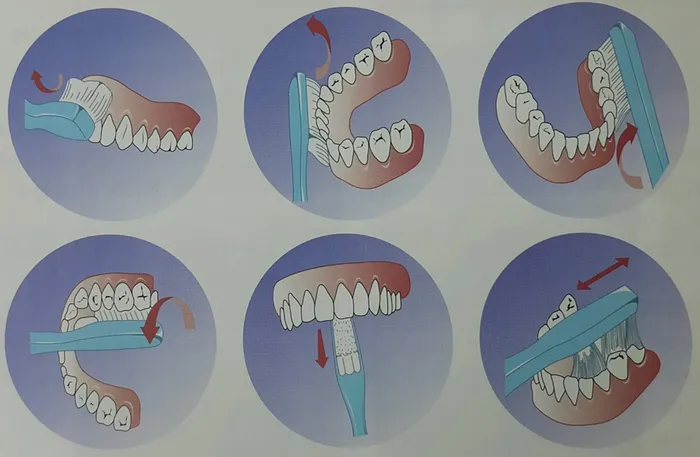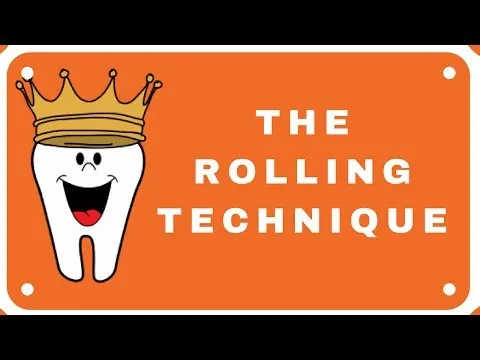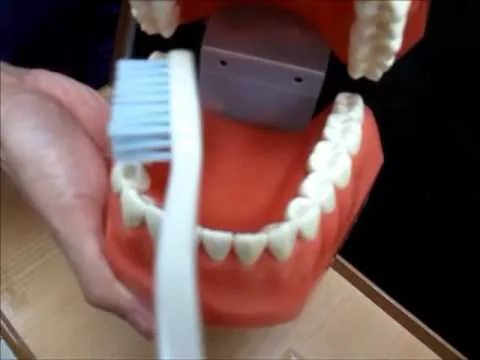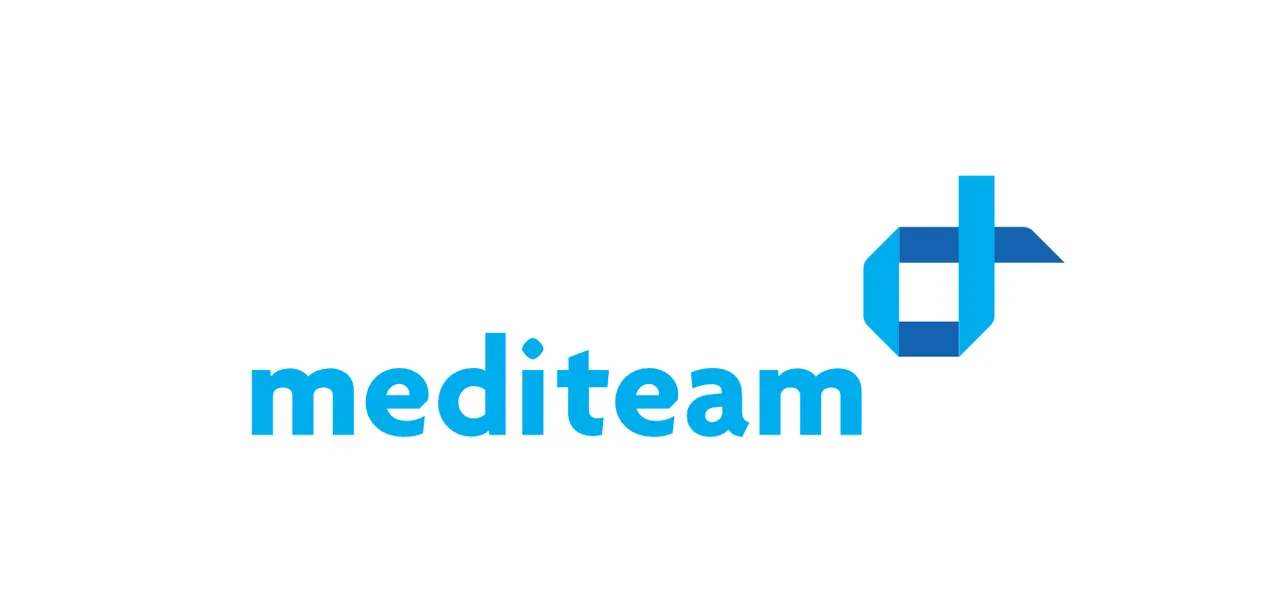
Why do we brush our teeth every day?
“We have to brush our teeth 3 times a day”
“We have to brush our teeth to prevent cavities...”
I am sure you have heard such advices many times before.
Did your ever think about why it is three times and how to clean to prevent cavities?
When I talk to my patients, many of them say “I don’t know why I get so many cavities while I brush my teeth 5 times a day,” and “I was born with weak gums. It seems like I was born with all my parents’ bad traits...”
In fact, most of the patients seem to feel this way.
Of course, there are those whose teeth were improperly formed during their teeth maturing period or those who were born with weak teeth.
But, that’s only true for a very few number of people, and most them are caused by incorrect care.
Why do we need to brush our teeth?
In a textbook, the purpose of tooth brushing is defined as the following:
"Tooth brushing removes acquired pellicle, food residue, plaque, etc. attached between the surfaces of teeth and proximal surfaces, increases blood supply to gingiva by massaging the gingiva, and increases resistance to infection by accelerating the cornification of gingival epithelium.”
The most important part here is the removal of plaque.
That’s because most of the common diseases such as cavity (dental caries) and gum diseases (gingivitis, periodontitis) are caused by germs.
So, let’s find out where germs usually congregate?

Here, germs have dyed at red. As shown in the picture, germs usually reside between teeth and gums, and between teeth. It’s similar to cleaning your house. The areas you can clearly see can be cleaned easily, but places where you can’t easily reach such as cracks between furniture or under the bed remain dusty. It’s important to remind yourself of this picture and brush every corner of your teeth.
Now then, let’s take a look at 2 methods of tooth brushing and see which method is more beneficial.
1. Rolling method
This method is recommended for the general public and people without any special oral diseases. It is the most common method.
Face the brush toward the dental roots and place the head of the brush parallel to the line of the gums. Apply light force and rotate the wrist to brush down.
Benefits: It is highly effective in removing plaque and massaging the gums, and it is easy to learn and use.
Drawbacks: It is difficult to use for children under 7~8 years of age and patients with special oral conditions.


2. Modified Bass method
Place the brush at a 45º angle on the teeth so the head of the brush is in the gingival sulcus (deep valley-like area where the teeth and gums meet) and apply 20 oscillations at a speed of 4 oscillations per second. (Refer to the figure) Then, apply the brushing down motion similar to the rolling method.
Benefits: It is highly effective in removing plaque in the gingival sulcus and massaging the gums, and it alleviates gum inflammation and recovers the health of periodontal tissue.
Drawbacks: It is difficult to practice properly without special attention, and food residues between teeth are hard to remove.


Conclusively, I recommend the rolling method if you do not have any special oral diseases.
On the other hand, if you have a gum disease (gingivitis, periodontitis, etc.), I recommend the modified bass method.
Personally, I use the modified bass method overall once and use the rolling method again in repetition. Although it is time consuming, it is very effective!
In fact, there are a number of tooth brushing methods.
The Fones method which is favorable for infants, Stillman method which is good for patients with gum inflammation, Charters method which is favorable for people with dental prosthesis, Watanabe method, Scrub method which moves the head of the brush front to back, etc...
However, you can successfully keep your mouth healthy just by properly using the 2 methods mentioned earlier.
But, above all! Don’t forget to brush your teeth after eating!
